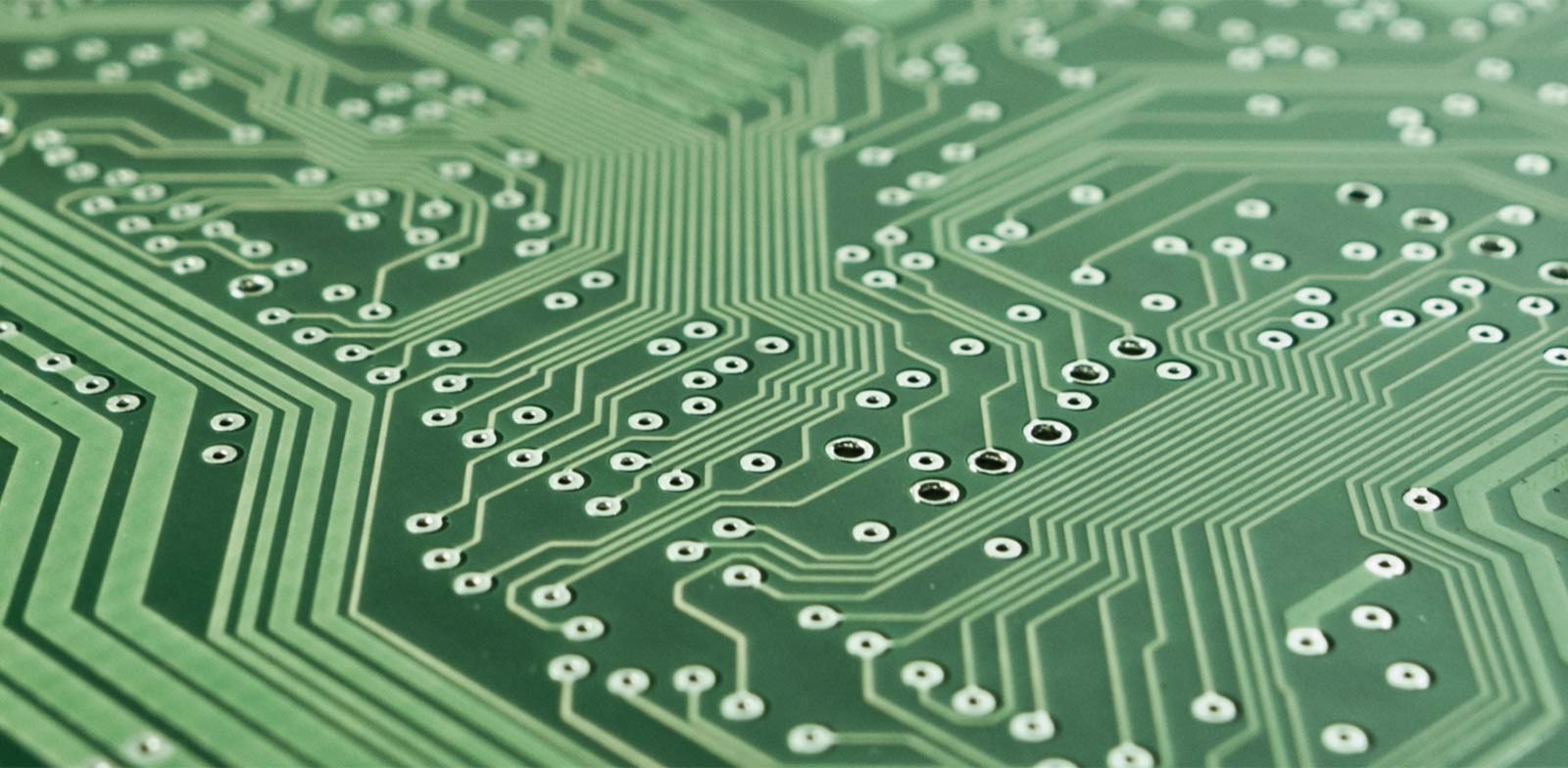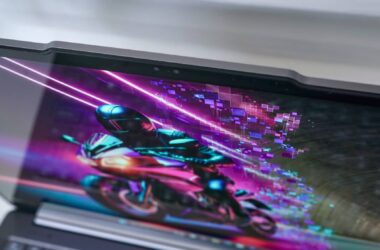How much do you know about your technology, and where it came from? For International Women’s Day, we’re looking at five women who have shaped some of the things you’ll rely on today.
Ignore what James Brown said, because while it might sometimes feel like “a man’s world”, women are responsible for some of the greatest tech developments you may rely on today.
We’ve covered a handful of some of these amazing women and their science developments in the past, but we’re taking a look at technology now, because there are women in the world you’ve probably not thanked your tech for, and there are some you definitely should.
Ada Lovelace was the world’s first programmer
Starting with the world’s first computer programmer, an English mathematician in the 19th century who developed an algorithm for a very early computer completely unlike ours today. While today’s computers are digital and screen and keyboard and such, the computers Charles Babbage designed were mechanical in nature, and effectively an early computer of sorts.
Lovelace was initially commissioned to translate a paper on Babbage’s technology from Italian into English, and when she did, added her own notes to the whole thing, increasing the size of the piece entirely. That told Babbage that she understood the technology, and came up with her own written approaches for programming.
Lovelace was, in essence, the first computer programmer, and it’s some of her ideas that you have to thank for when you’re using those computers, phones, and anything else remotely digital these days.
Adele Goldberg helped the Mac interface look the way it is
If you have a MacBook Air, a MacBook Pro, an iPhone, an iPad, or anything else that’s basically a computer made by Apple, you don’t just have Lovelace to thank, but very likely also have Adele Goldberg to thank, too, and you probably don’t realise it.
A researcher and computer scientist who worked to build the understanding behind interfaces, Adele Goldberg started at the Xerox Palo Alto Research Centre, building a graphical interface, and the ideas behind it, essentially pioneering how these would work today.
Eventually, Apple would use some of these ideas for their Macintosh operating system and desktop environment, so you essentially have Adele largely to thank for the way an iPhone and iPad look. They could have been very different devices had her ideas not been developed.
Donna Dubinsky helped make the personal digital assistant
Before the iPhone and iPad popped up, however, we had personal digital assistants. Folks who have been in the industry long enough probably remember the Palm, and before that the PalmPilot, but they might not know one of the driving forces behind those gadgets was a woman.
While Jeff Hawkins is one of the names people know, Donna Dubinsky worked with Hawkins to build the PalmPilot, releasing it in the 90s.
Back then, the tiny palm-friendly computer with its specific scribbling language “Graffiti” was a game changer, and while it didn’t stick around, it’s part of what we have to thank for the way phones have developed, with a portable computer and a large-ish screen, essentially allowing you to take your little computer world with you to go.
Gladys West helped invent the GPS
When you take your little world with you to go, one of the technologies you likely rely on is a GPS. It’s one of those things we all take for granted these days, but it’s there helping us find our way around, and even marking where we took our photos.
And it may not have been a thing if Gladys Mae West hadn’t have come alone.
West, an American engineer who started working for the US Navy in the 50s, eventually worked with IBM to built precise calculations to model the Earth’s shape, with the data eventually becoming the model for how the Global Positioning System — the “GPS” — worked.
Essentially, you have Gladys West to thank if you’ve ever relied on sat nav, because it was her work that helped lead to the technology being invented and used the way it is today.
Elizabeth Feinler built the pre-Google of the internet
It’s a similar story with a name you probably don’t know: Elizabeth Feinler. If you’ve ever used a search engine or a web directory, you’re probably all too familiar with the ideas that she helped inspire, because these digital directories were partly from her.
Back in the 70s through to late 80s before the World Wide Web was a thing — well before it, even — Feinler ran the Network Information Centre or “NIC” at Stanford, which provided a directory of what services went to which locations.
It’s a little like the GoDaddy or NetRegistry of today, whereby an organisation was told a specific location for a server, and NIC helped provide a sort of a map for it, which at one point was actually printed on paper.
Basically, if you’ve ever used a search engine or directory, you partly have Feinler to thank.





